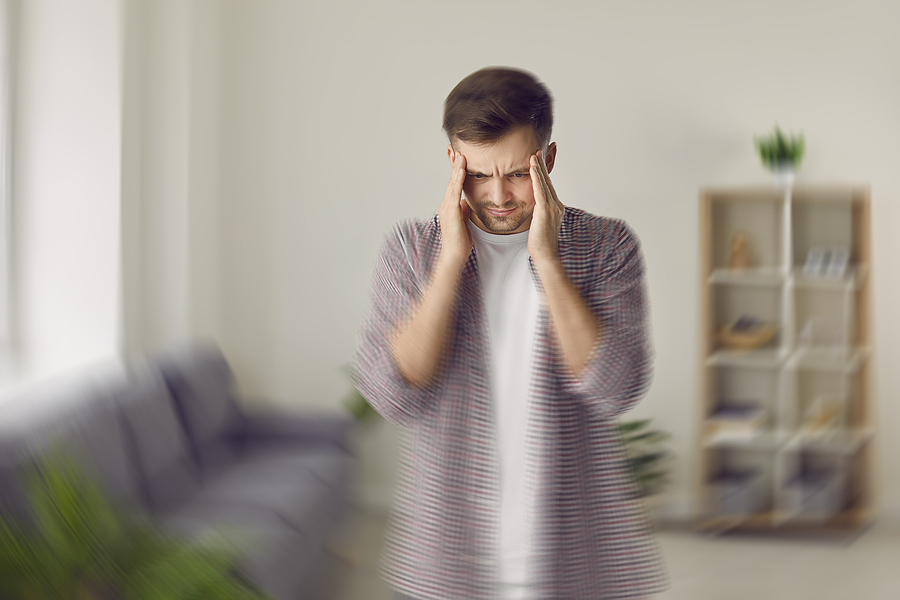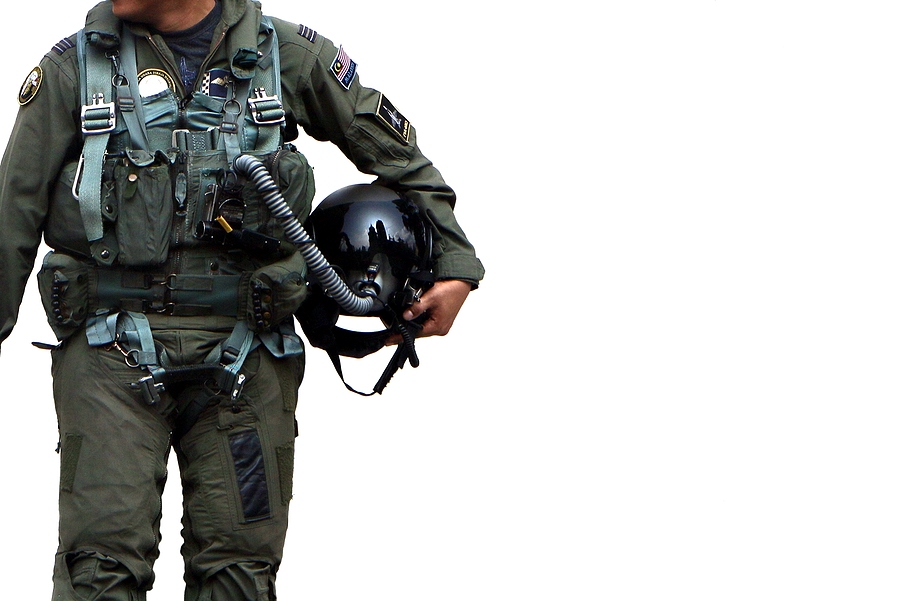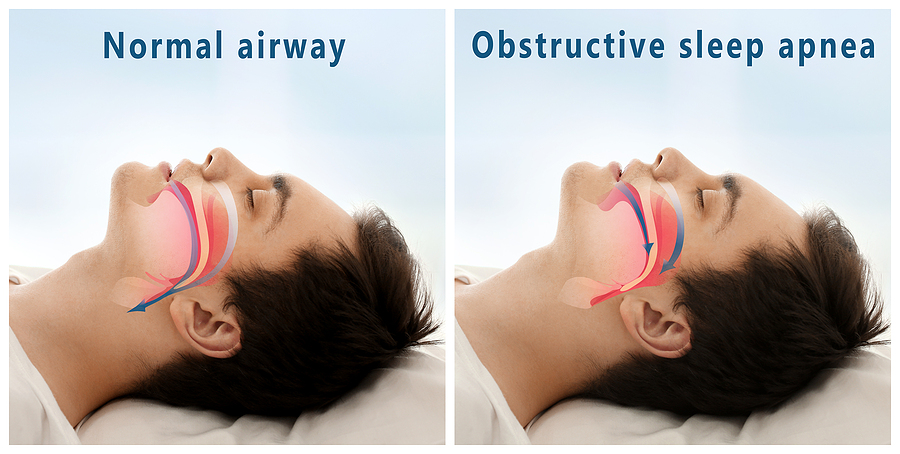Kidney Stones Shouldn’t Weigh You Down for Takeoff. Don’t let them be a Bump in the Road.
If you’ve ever passed a large kidney stone, it’s probably obvious to you why the FAA wouldn’t want you to risk doing it again at the controls of an airplane. It’s painful! So painful that many people require intravenous pain medication to get through the experience and some require surgery.
That said, kidney stones – or nephrolithiasis – are also extremely common. About 1 in 6 men and 1 in 12 women will pass a kidney stone by the time they reach 70 and about 9% of the U.S. population has at least one kidney stone at any given time [1]. Those are pretty big numbers.
From here, most academic discussions about kidney stones launch into a detailed analysis of the chemical make-up of the various stones, how rare struvite stones are, and a longer dissertation about urine chemistry than most people care to read. Since this isn’t an academic discussion, I’m going to keep it simpler. If you’ve had only one stone or your most recent one was more than five years ago, the FAA doesn’t care. Stop reading; keep flying.
If you’ve had more than one stone in the past five years and/or you have kidney problems, an infected stone or have another medical issue that makes kidney stones more likely, they get interested.
Many people find out about their kidney stones because they show up on x-rays or imaging done for other reasons. Most of these incidentally discovered stones either pass through the urinary tract without causing symptoms or remain innocently where they are with as little effect on your medical clearance as on your health. Asymptomatic retained kidney stones is a Condition AME’s Can Issue or CACI. With a letter from your treating physician that documents the stones are not multiplying or growing, your AME can issue your medical certificate on the day of your exam.
If your stones are growing, multiplying, causing pain or infection, causing urinary obstruction or kidney failure, you’ve had multiple surgeries or if they’re related to another medical condition, things get more complicated. Now is the time to start caring about the more esoteric aspects of urine chemistry and stone composition. If you have dealt with anything described in the last paragraph, your interests are probably aligned with the FAA. You would both like to have some assurance that it won’t happen again.
Here are some general measures that will help to reduce the likelihood of producing more stones: drink enough water to produce at least two liters of fluid per day[2] (yes, actually measure it), and reduce your sodium (salt) intake to less than 2300mg per day[3], eat more fruits and vegetables [4], and maintain a healthy body weight [5]. I know. You have probably heard this before. Funny how general health advice applies to general health.
Chances are if you have had enough kidney stones to read this far, you have probably had some analysis done on at least one of them. Calcium-containing stones are by far the most common. Limiting animal protein, vitamin C intake, sucrose, fructose, and foods rich in oxalate (beans, beets, carrots, okra, potatoes, rhubarb, and spinach to name a few) [6] can help to reduce the recurrence of those stones. For more detailed advice and to discuss ways to reduce the recurrence of less common stone types, you should consult your doctor. The point here is not to get into a discussion about how to treat or prevent kidney stones. It’s that kidney stones ARE treatable and preventable for most people.
Back to what the FAA has to say [7]:
If your most recent stone was five years ago: don’t worry; go fly.
If you’ve only had one stone that passed on its own: don’t worry; go fly.
If you have had multiple stones or had to get a urologist involved: make sure your AME is willing to work with you.
Kidney stones should not be show-stoppers for most pilots, but the guidance the FAA gives to AMEs about how to evaluate them is somewhat nuanced. As with all CACIs, you should understand the requirements before your FAA physical appointment and discuss the process with your AME ahead of time.
References:
[1] S. CD, S. AC, H. JM, and S. CS, “Prevalence of kidney stones in the United States,” European urology, vol. 62, no. 1, pp. 160–165, Jul. 2012, doi: 10.1016/J.EURURO.2012.03.052.
[2] Q. A, D. P, F. MA, S. M, and D. TD, “Dietary and pharmacologic management to prevent recurrent nephrolithiasis in adults: a clinical practice guideline from the American College of Physicians,” Annals of internal medicine, vol. 161, no. 9, pp. 659–667, Nov. 2014, doi: 10.7326/M13-2908.
[3] M. FP, F. R, and M. MF, “Importance of dietary sodium in the hypercalciuria syndrome,” Kidney international, vol. 22, no. 3, pp. 292–296, 1982, doi: 10.1038/KI.1982.168.
[4] M. T et al., “The effect of fruits and vegetables on urinary stone risk factors,” Kidney international, vol. 66, no. 6, pp. 2402–2410, 2004, doi: 10.1111/J.1523-1755.2004.66029.X.
[5] T. EN, S. MJ, and C. GC, “Obesity, weight gain, and the risk of kidney stones,” JAMA, vol. 293, no. 4, pp. 455–462, Jan. 2005, doi: 10.1001/JAMA.293.4.455.
[6] “Harvard T.H. Chan School of Public Health Nutrition Department’s File Download Site.” https://regepi.bwh.harvard.edu/health/Oxalate/files (accessed Sep. 18, 2021).
[7] “Guide for Aviation Medical Examiners.” https://www.faa.gov/about/office_org/headquarters_offices/avs/offices/aam/ame/guide/special_iss/all_classes/renal_calculi/ (accessed Sep. 18, 2021).
ABOUT WINGMAN MED
We are designated FAA aviation medical examiners, residency trained in Aerospace Medicine, and graduates of the Naval School of Aviation Safety. After years of helping friends and colleagues keep their medical certificates and stay in the air, we founded Wingman Med so we can do the same thing for you.
Follow us on Facebook.com/wingmanmed





